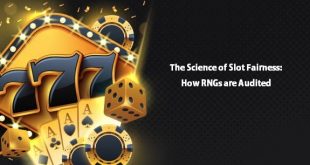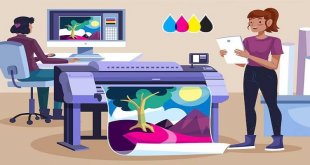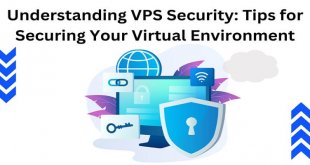In this article, I am going to talk about how to use PPC to generate leads for your B2B business. So keep reading.
While most B2B marketers understand that PPC (pay-per-click advertising) should be a part of their marketing mix, perhaps a lot less understand implementing certain conversion rate optimization best practices can have a significant impact on their PPC campaigns.
This is true, whether you have an in-house team running your PPC or you’re working with a PPC agency.
In this article, we will explore the role of PPC in the context of generating leads for your B2B business and identify some best practices when it comes to optimizing your campaigns.
Differences Between B2B And B2C PPC
The key difference between B2B and B2C purchase cycles is that the B2B purchase cycles tend to be much, much longer. B2B purchases are usually of a much larger amount than B2C purchases. Therefore, there is a much longer period required for the customer to acquire the information that they need to make an informed decision.
There is also a much longer consideration phase because B2B buyers will often face internal pressure from their procurement departments and the people managing the budget in that business to make sure that they are considering all the vendors in the market. And making sure that they are getting the best deal possible. Therefore, while B2C PPC campaigns can be fairly direct in terms of getting the customer to convert at the first touch, B2B campaigns tend to be a lot more complex.
There will be many more touchpoints. There might be many intermediate steps such as driving downloads of a white paper or a lead magnet that takes the B2B customer a little bit further down the line and educates them about your product and builds trust with them- before your sales team can take the process forward and hopefully turn that initial interest into revenue.
B2B PPC Best Practices
Track Things Correctly
Regardless of whether you are running a B2B or B2C PPC campaign, the following fundamentals apply across the board.
The first thing you need to do is to ensure that you are tracking everything correctly. It is very easy to have issues with tracking setup, particularly when you’re using multiple third-party tracking platforms. Ensure that you are excluding traffic from robots and your employees to avoid skewing results.
You need to also ensure that all of the KPIs that you are including in your reports actually matter for your business. Otherwise, your reports will be unwieldy and confusing at best, and at worst could lead to wrong decisions being made about where to allocate your time, money, and human resources.
Test And Learn
One of the great advantages of PPC, as opposed to another channel such as SEO, is that you can test multiple different versions of your copy with your ads. Therefore, you can test elements such as headlines, certain offers, extra links, etc.
All of this provides a rich source of data from which you can optimize not only your future PPC campaigns but also optimize the copy on your landing page which can ultimately help SEO as well.
Develop Unique Landing Pages For Each Segment Or Ad Group
If you were using multiple segments when it comes to your audiences, ensure that your landing pages are made specific to each segment. You don’t want too generic a message and you certainly don’t want the messaging for one segment to be presented to another.
Therefore, ensure that your landing page copy matches your ad copy and that the user immediately knows that you are speaking to them directly. You can help yourself in this regard by utilizing ‘voice of the customer analysis and ensuring that you’re using the words that your customers use (and the words that your customers would be expecting to see on your webpage).
Keep Your Forms Brief
You might be tempted to include as many form fields as possible so that you can learn as much as possible about your prospects through your forms. However, with each field that you add, you make it less likely that the user is going to complete the form.
So you should make sure that any field that you’re including in your form is absolutely critical. Usually, it’s a good idea to simply start with first name, last name, and email address for something like a lead capture form and then use future touches to get more information from the customer.
In Summary
These are just some best practices that you can follow to immediately improve your conversion rate optimization as well as the effectiveness of your PPC campaigns when it comes to B2B lead generation.
 free html design Free html design templates
free html design Free html design templates






